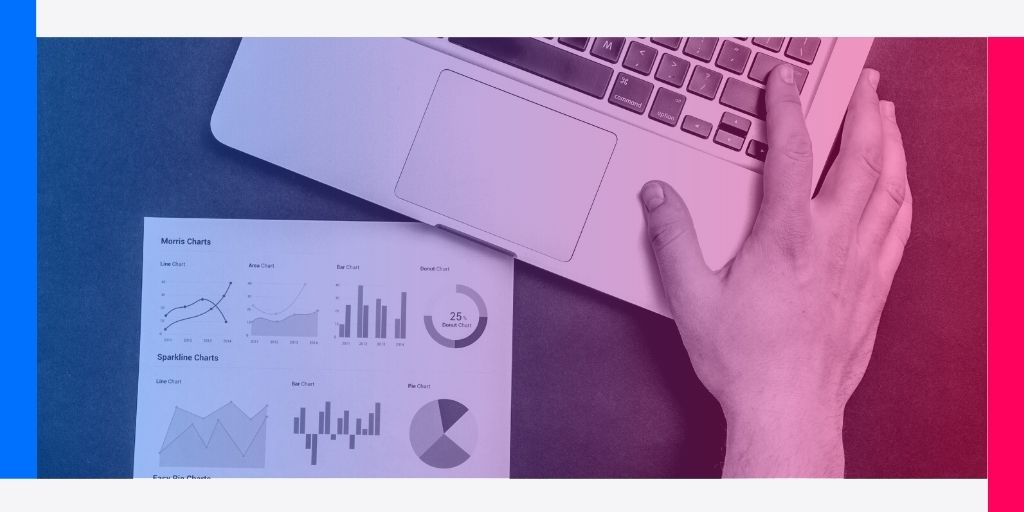
Demand forecasting-based pricing model
05/20/2022 - Pricing strategy
Price planning is one of the most complicated tasks facing retailers in their sales strategy. A minimal change in the price of a product or service can significantly impact demand. That is why it is necessary to create a pricing model based on demand forecasting. This is especially true because standard price planning strategies do not consider variables as critical as demand throughout products’ life cycles, or internal and external constraints on prices. These issues can determine the profitability of a business and therefore need to be considered when designing a pricing strategy to increase profits.
Types of demand forecasting
Passive demand forecasting
This is the simplest type of demand forecasting because it uses historical data to predict future demand. Passive demand forecasting is extremely helpful for companies that store large amounts of sales data, looking to maintain their current position in the industry rather than grow.
Active demand forecasting
This uses market studies to predict future demand, considering leading competitors and changing consumer habits. Active demand forecasting is most pertinent to start-up or growing companies.
Short-term forecasting
The aim is to calculate demand from three months to a year ahead. It uses real-time sales data to adjust demand projections along the way. Experts recommend adding these forecasts to long-term projections, as they help readjust calculations, especially in contexts that may involve constant changes in the target audience’s consumption habits.

Long-term forecasting
The aim is to calculate demand four years ahead from market research and sales data. Experts recommend using these forecasts more as a reference than as a plan to follow, because they are challenging to assess, as long-term calculations are highly likely to alter.
Internal forecasting
Forecasting internal demand allows companies to find out if their capacity planning is sufficient to fulfil their customers’ anticipated demand. Quality internal forecasting will enable you to review overall business operations, and helps you understand where you can improve, to optimise available resources.
External Forecasting
External forecasting helps you effectively manage your supply chain. This involves considering all external factors that impact business operations, predicting potential trends, and how they can affect whether or not business objectives are achieved.
As you can see, having a robust pricing model based on demand forecasting is critical to ensuring the survival of a business and maximising profits. As McKinsey & Company says, “pricing right is the fastest and most effective way for managers to increase profits.”
Fortunately, more and more tools use the latest technology to help companies drive sales. A clear example of this is Reactev, the dynamic pricing SaaS platform that covers the entire pricing cycle in physical stores and e-commerce businesses.
Making optimal decisions to drive sales has never been easier.
Category: Pricing strategy
